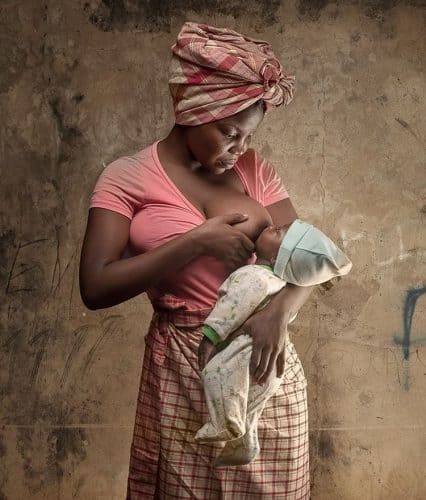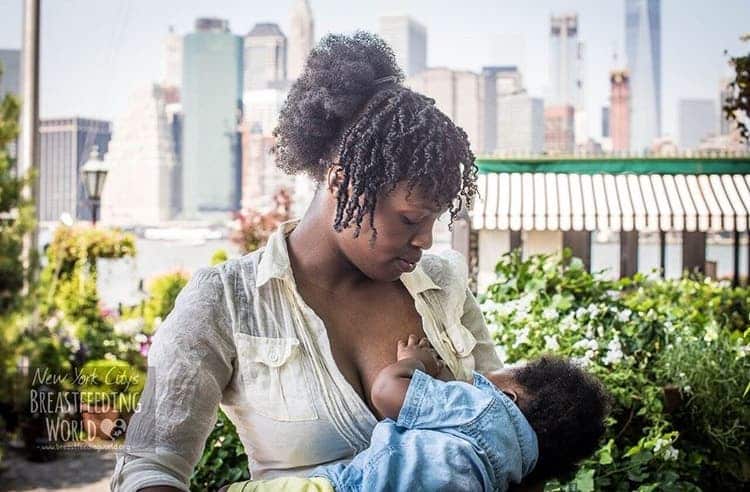Knowing that your baby is hungry is one thing, but how can you tell when he has had enough? Breastfeeding your baby can, at first, be a bit of a guessing game. If only there was a little millilitre measure down the side of the breast so you could see how much milk your baby is getting!

Here are some tips on telling when enough is really enough:
If he is having more than 5 dirty nappies a day.
Newborn stools are usually very frequent. They are yellow, in large quantity and can appear watery and loose. This is a good indication that your baby is getting enough. It is as easy as this: if something is going in, something must come out. The number of dirty nappies may start to decrease once the baby passes the six-week mark.
When your breasts feel lighter after breastfeeding is a good indication your baby is feeding well.
In the first few weeks of breastfeeding, you can very obviously notice the full feeling in your breasts. Don’t be alarmed if that feeling goes away after a while. It simply means your body has adjusted to the milk production. So if your breasts feel soft a while into your breastfeeding career, don’t panic.
You should also get your baby weighed every week for at least the first six weeks.
If your baby is gaining weight every week it means he is getting his fill from the milk bar. On average most new babies gain around 150 to 200g a week. After birth, babies can drop up to 8 to 10 per cent of their birth weight. This is usually recovered within 10 days or so after birth. This is a good indication that feeding is going well and your baby is getting enough.
Your baby will settle after a feed for a reasonable amount of time and wake for the next feed.
He will appear awake, healthy and alert. A baby that is very drowsy and doesn’t wake for feeds may not be getting enough. This would mean that as he sucks the volume he takes in does not match the energy he is using to suck. He will then seem settled, but is actually just exhausted and will not be gaining weight.
Finally, follow your baby’s cues.
He is just as capable of telling you he is full as he is of telling you he is hungry. When your baby stops showing signs of hunger, such a rooting or sucking on his fingers, it means he has had his full. He may also start to slow down his sucking on the breast as he reaches the end of the feed. He may move to shorter, lighter sucks as if he is pacifying on the breast for comfort. And he may stop sucking and fall asleep.
It is always a good idea to wind him after this and offer him “pudding”, just to be sure. Another telltale cue is his posture. If he appears relaxed, with his hands open and he body comfortable, he is no longer hungry. A hungry baby will tighten his fists and arch his back if still hungry. Your baby may also appear “milk drunk” after a feed. His tummy will look full and he will seem content.

A child who is getting enough milk is a happy baby.
If your child seems unhappy, irritable or doesn’t settle well, it may be that he is still hungry. There is no limit to how many feeds an infant can have a day so never try and force him into a routine or schedule. Often, the safest is to feed your child on demand. Pay attention to your baby, and read his cues. Never clock watch. A content baby is a well-fed baby!


